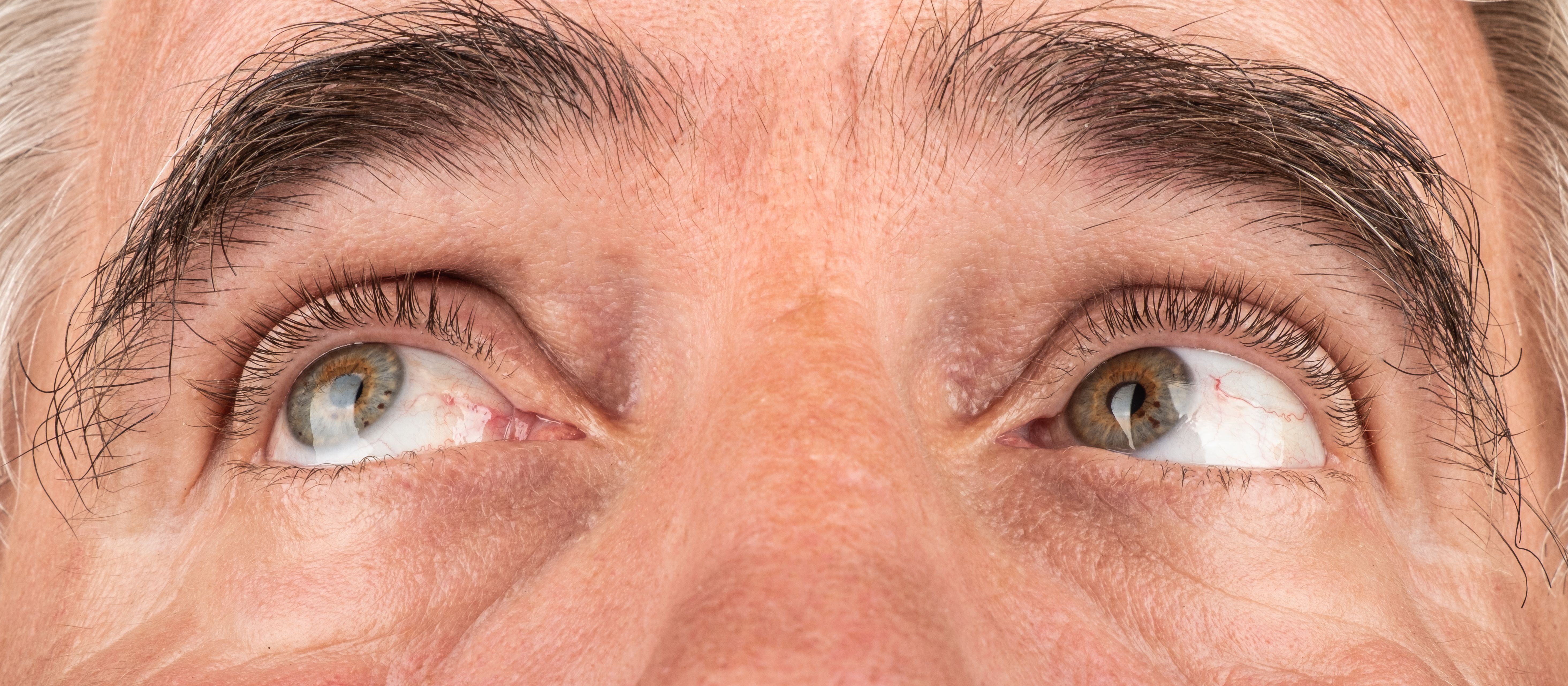Study targets effect of dietary nitrate on AMD progression
When dietary patterns were adjusted to include a Mediterranean diet, dietary nitrate intake was not associated with AMD progression independently.

Intake of dietary nitrate may stop age-related macular degeneration (AMD) in its tracks.
A team of researchers, led by Geoffrey Broadhead, MD, PhD, reported that intake of nitrate was associated with decreased risk of progression to late-stage AMD.1 He is from the Division of Epidemiology and Clinical Applications, National Eye Institute, National Institutes of Health, Bethesda, MD, and Save Sight Institute, The University of Sydney, Sydney, Australia.
Broadhead and colleagues conducted a cohort study to determine if there is a correlation between intake of nitrate and AMD progression based on previous suggestions that low nitrate levels in the diet may put patients at risk of AMD progression.
The researchers carried out a post hoc analysis of data from the Age-Related Eye Disease Study (AREDS) and AREDS2 clinical trials. The patients in both trials had AMD that had not reached the late stage of the disease in at least 1 eye, the researchers explained.
The main outcomes measure was a link between intake of dietary nitrate and progression to late AMD, i.e., neovascular AMD (nAMD) or geographic atrophy (GA,) or large drusen. The investigators also looked at interactions of dietary patterns.
Analysis of 2 AREDS cohorts
The data from the AREDS and AREDS2 cohorts were combined and included 7,788 patients (56% women; 13,511 eligible eyes; mean age, 71.1 years).
The investigators reported, “Dietary nitrate intake was associated with a decreased risk of progression to late AMD in the combined AREDS/AREDS2 cohort (hazard ratio [HR], 0.77; 95% confidence interval [CI], 0.69-0.86] for quartile 4 vs. quartile 1 of nitrate intake) and a decreased risk of GA (HR, 0.71; 95% CI, 0.61-0.83] and nAMD (HR, 0.85; 95% CI, 0.73-0.99).”
Evaluation of the 2 cohorts separately showed that in AREDS, increased nitrate intake that compared quartile 4 vs quartile 1 was associated with decreased risk of development of late AMD (HR, 0.77;95% CI, 0.65-0.91) and GA (HR, 0.80;95% CI, 0.65-0.97) but not nAMD.
Analysis of the AREDS2 data did not show an association between nitrate intake when quartile 4 was compared with quartile 1 and late AMD (HR, 0.90; 95% CI, 0.80-1.02) or nAMD (HR, 0.93; 95% CI, 0.78-1.11).
When dietary patterns were adjusted to include a Mediterranean diet, dietary nitrate intake was not associated with AMD progression independently, the authors reported.
“The findings of this cohort study suggest that nitrate intake was associated with a decreased risk of progression to late AMD, including both late AMD subtypes,” the authors concluded. “This association persisted even after accounting for lutein and zeaxanthin intake as a potential confounder and was strongest among individuals with lower adherence to a fruit and vegetable–rich diet pattern. A protective association was also seen against the development of large drusen, suggesting that the benefit of dietary nitrates may extend across a wide spectrum of AMD severities.”
However, the authors did not see evidence that supported adding nitrate supplementation. They explained that the study outcome was “attributed to plant-based dietary patterns in general, such as a Mediterranean diet” and recommended additional studies to further assess how dietary nitrate in reduces the risk of AMD progression.
Reference
1. Broadhead GK, Agrón E, Peprah D, et al. Association of dietary nitrate and a Mediterranean diet with age-related macular degeneration among US adults. The Age-Related Eye Disease Study (AREDS) and AREDS2. JAMA Ophthalmol. Published online December 22, 2022. doi:10.1001/jamaophthalmol.2022.5404
Newsletter
Keep your retina practice on the forefront—subscribe for expert analysis and emerging trends in retinal disease management.